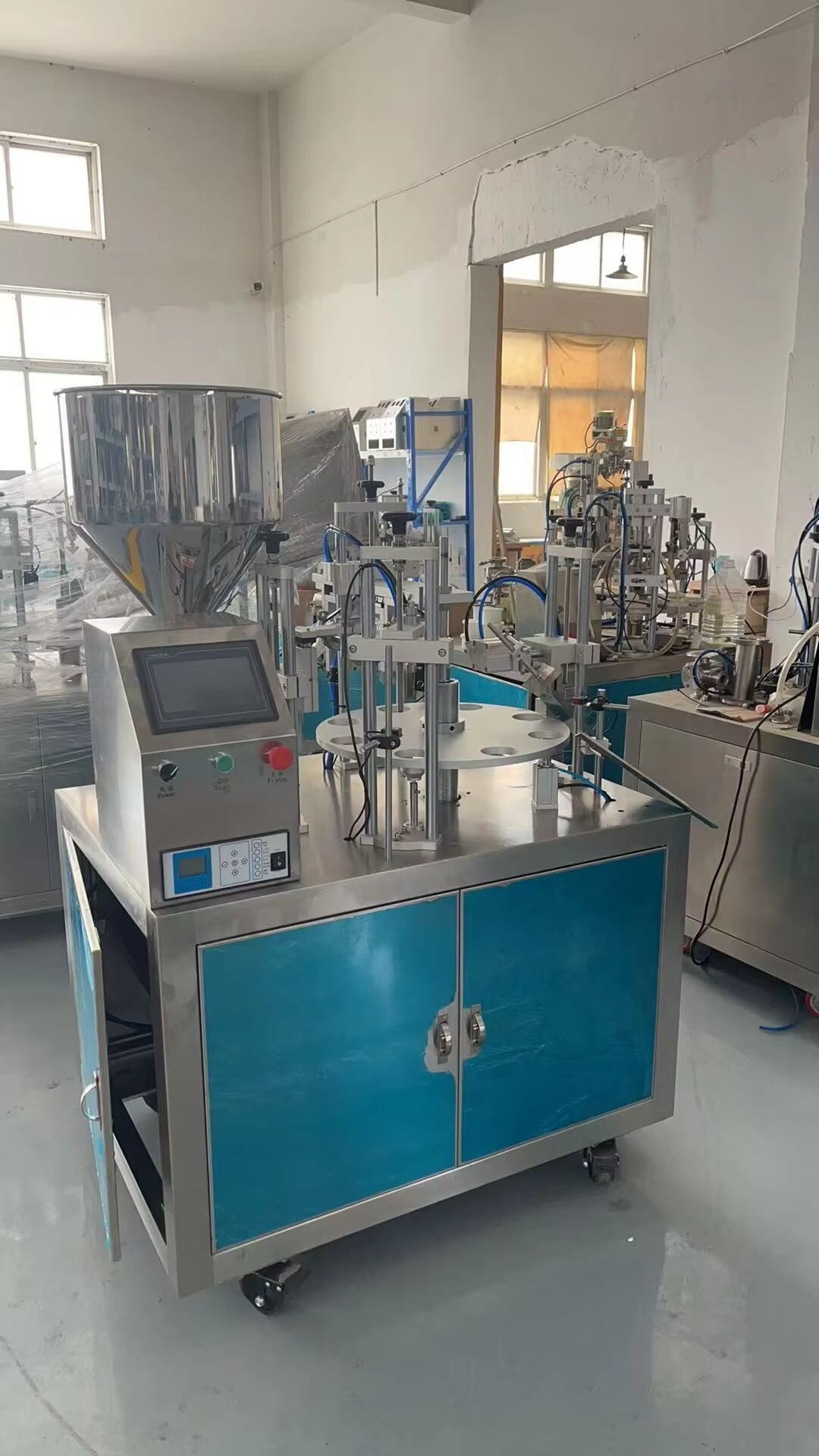Improving Packaging Efficiency in Your Business
Choosing the right equipment is essential for any business involved in pharmaceuticals or consumer goods. A Blister Packing Machine plays a vital role in maintaining production efficiency, product safety, and consistent quality. But how do you determine which machine is ideal for your operation? Understanding your specific needs and evaluating machine features are crucial steps before making a decision.
A well-selected Blister Packing Machine not only speeds up packaging but also minimizes human error, reduces material waste, and ensures products are securely sealed for distribution. Businesses of all sizes must consider production volume, product types, material compatibility, and long-term scalability before investing. Moreover, the choice of a Blister Packing Machine can affect labor requirements, energy consumption, and overall workflow, making it one of the most critical decisions in a production facility. By carefully assessing these factors, companies can improve efficiency, maintain product integrity, and enhance customer satisfaction.
Types of Blister Packing Machines
Thermoforming and Cold Forming Machines
Blister Packing Machines are generally categorized into thermoforming and cold forming types. Thermoforming machines use heat to shape plastic sheets into cavities for products. They are ideal for lightweight tablets, capsules, or products that do not require heavy barrier protection. The thermoforming process is faster and suitable for high-speed production lines, making it a popular choice for large-scale operations.
Cold forming Blister Packing Machines, on the other hand, use aluminum or foil-based materials, providing superior protection against moisture, light, and oxygen. These machines are perfect for moisture-sensitive or long-shelf-life products, such as certain vitamins, herbal supplements, and high-value pharmaceuticals. While cold forming machines are generally slower than thermoforming machines, they offer stronger protection and can prevent degradation or contamination. Understanding the differences between these types helps businesses select the machine that balances speed, protection, and production requirements.
Tablet-Specific and Custom Machines
Some Blister Packing Machines are designed for tablets, capsules, or irregular-shaped products. These machines often include adjustable tooling, precise dosing systems, and automated alignment features. By using such machines, businesses ensure that each product is accurately placed and sealed, reducing the chance of defects.
Custom Blister Packing Machines are available for businesses with unique production requirements. For instance, companies that handle multiple product sizes or require specific packaging formats can benefit from machines that allow quick adjustments or interchangeable molds. Investing in a flexible or custom machine ensures long-term operational efficiency, reduces downtime, and makes it easier to expand production as product lines grow. Additionally, a well-configured machine can maintain consistent packaging quality, which is crucial for regulatory compliance and consumer trust.

Key Features to Consider
Ease of Operation and Maintenance
Ease of use is a critical consideration when choosing a Blister Packing Machine. Machines with intuitive touch-screen interfaces, programmable settings, and automated adjustments can significantly reduce operator training time and minimize human error. Operators can focus on production rather than troubleshooting complex controls.
Maintenance is equally important. Features like automated cleaning cycles, self-diagnostics, and quick-change tooling reduce downtime and maintenance costs. A machine that allows easy access to moving parts, simple lubrication procedures, and real-time monitoring of production parameters can save both time and money. Regular maintenance not only prolongs the machine’s lifespan but also ensures consistent packaging quality and reduces the risk of production delays.
Flexibility and Scalability
Flexibility is essential for businesses that plan to expand or diversify their product lines. Modern Blister Packing Machines can handle different sizes, shapes, and materials with minimal adjustments. Machines that support multi-format packaging allow companies to switch products quickly without significant downtime or cost.
Scalability is equally important. A machine that can grow with your business ensures long-term value. For instance, a machine capable of higher-speed production or additional molds can accommodate increased demand without requiring a complete equipment overhaul. Flexible and scalable machines not only support business growth but also reduce the need for frequent capital investments.
Cost and Energy Efficiency
Investment vs Long-Term Value
The price of a Blister Packing Machine varies depending on its type, features, and production capacity. While a low-cost machine may be tempting, it could result in higher long-term expenses due to frequent maintenance, slower production speeds, or lower durability. Investing in a high-quality, reliable Blister Packing Machine often reduces operational costs, increases uptime, and improves overall production efficiency.
Evaluating the total cost of ownership—including maintenance, spare parts, labor requirements, and energy consumption—is crucial. A well-chosen machine can quickly pay for itself through increased productivity, reduced waste, and improved product quality. Businesses should prioritize value over upfront cost to ensure sustainable growth and profitability.
Energy Consumption Considerations
Energy efficiency is a critical factor in modern manufacturing. Blister Packing Machines with optimized motors, efficient heating systems, and energy-saving modes can reduce electricity costs significantly, especially in high-volume production facilities.
Choosing an energy-efficient machine not only lowers operational expenses but also supports environmentally responsible business practices. Companies increasingly face regulatory and market pressures to reduce energy consumption, and selecting a machine with proven energy efficiency can enhance both compliance and corporate reputation. By evaluating energy usage alongside production speed and capacity, businesses can identify machines that deliver optimal performance without excessive energy costs.
Quality and Compliance Factors
Regulatory Standards
For pharmaceutical and healthcare products, compliance with regulatory standards is non-negotiable. A Blister Packing Machine must meet local and international guidelines to ensure that products are packaged safely and hygienically. Machines with automated checks, precise dosing systems, and reliable sealing mechanisms help maintain compliance.
Product Integrity and Safety
The main goal of any Blister Packing Machine is to protect products from contamination, moisture, and physical damage. High-quality machines maintain consistent sealing pressure, accurate cavity filling, and reliable blister formation. This ensures that every unit meets quality standards, reduces customer complaints, and protects the brand’s reputation.
FAQ
What products can a Blister Packing Machine handle?
A Blister Packing Machine can handle tablets, capsules, small medical devices, and other consumer goods. Depending on the model and tooling, it can accommodate a wide range of product sizes and shapes.
How do I choose the right machine for my production volume?
Consider your daily output, product dimensions, packaging materials, and production schedule. Matching the machine’s capacity to your operational needs ensures efficiency without overinvestment.
What maintenance does a Blister Packing Machine require?
Regular cleaning, lubrication, inspection of moving parts, and timely replacement of worn components are essential. Many modern machines include automated alerts and diagnostic tools to simplify maintenance.
Can a Blister Packing Machine adapt to different product types?
Yes, most modern machines are designed for flexibility. They can handle various sizes, shapes, and materials with minimal adjustments, making them suitable for businesses planning to expand or diversify their product range.

